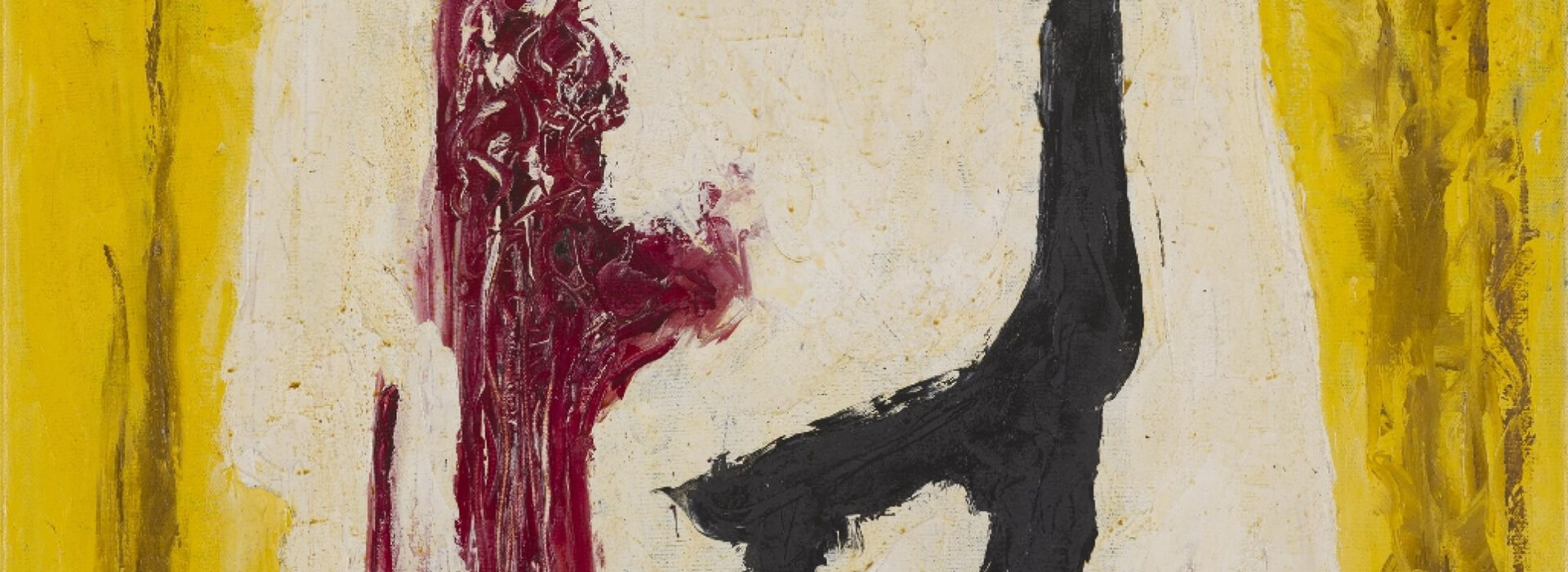By Dean Sobel, director, Clyfford Still Museum
Near the end of Modern Masters: Icons of 20th Century Art from the Albright-Knox Art Gallery, there’s a small section (only three paintings and two sculptures), titled “Monochrome, Minimalism, and Meditation.” It immediately follows the galleries devoted to the grand, gestural works of Jackson Pollock, Clyfford Still, and the other Abstract Expressionists. The so-called minimalists featured in this section all rejected the dramatic inclinations of this previous generation and turned toward specific investigations on the fundamentals of an artwork, including light, shape, and composition. When color was part of their inquiries, often only a single color (or monochrome) was considered.
Ironically, while these artists thought they were communicating their ideas in the simplest ways possible, artworks of this sort appear to the general public as “difficult” (hard to understand) or at the extreme, a put-on (“my kid could do that!”). The same is undoubtedly said about many earlier modern works as well. While it’s unlikely that, say, a ten-year-old could stretch a canvas let alone mix a usable palette of oil paint, the question is valid: How can these elemental artworks ever be compared to those of the Old Masters who demonstrated their “skills” so readily?
In my view, the answer lies earlier in Modern Masters in the works of Vincent Van Gogh and Henri Matisse who, taking their lead from the Impressionists, no longer were concerned with recording their subject matter exactly as they saw it (remember the camera was invented around 1840) but rather with how things in nature “felt.” Academic drawing, representation, and other forms of traditional “craftsmanship” seemed inadequate for an advanced art, which artists in the twentieth century wanted to root in the realm of feelings, sensations, and human experience (which opened the doors to abstraction).
Regarding craftsmanship, one should consider that a great deal of effort and skill is evident in the delicate surfaces crafted by Agnes Martin, Robert Irwin, or Frank Stella. Similarly, these artists, particularly Irwin as well as the sculptor Anne Truitt, were extremely sensitive to color and their often indescribable, sometimes “romantic” choices of hues and shades place them among the most talented colorists of the twentieth century.
